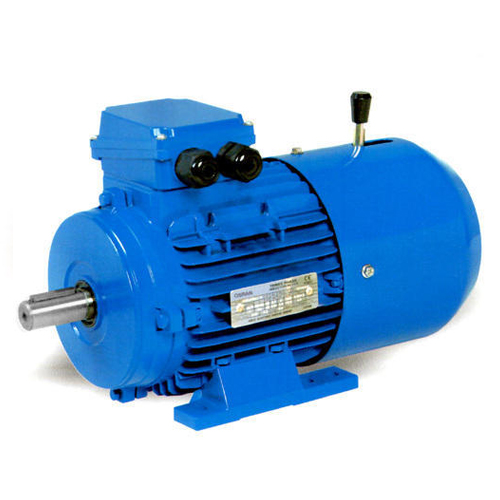Home >>Brake Motor

Motor brakes generally use friction between mating surfaces to stop or hold a load. The same brake can be used for both of these functions, but if stopping time is important, the brake must have sufficient torque to stop within the allotted time. Actuation is either through electrical, mechanical, or pneumatic methods.
A brake motor is an electromechanical device that combines an electric motor with an integrated braking system. It is commonly used in various industrial applications where controlled stopping or holding of rotating equipment is required. The brake motor provides an efficient and reliable solution to stop or hold loads in situations where sudden stops or reversals could be hazardous or cause damage.
The typical components of a brake motor include:
Electric Motor: The motor component of a brake motor is similar to a standard electric motor, generating rotational mechanical power from electrical energy. It can be an AC (alternating current) or DC (direct current) motor, depending on the specific application requirements.
Brake: The integrated brake system is designed to stop or hold the motor shaft and the connected load when the power supply is cut off or when a specific control signal is given. The brake ensures that the motor stops quickly and holds the load securely in place when the motor is not running.
Brake Coil: The brake coil is an electromagnet that generates the braking force when energized. When the power supply is cut off or the brake control signal is activated, the brake coil engages, and the braking force is applied to stop the motor shaft from rotating.
Brake Release Mechanism: To allow the motor to start and run, the brake must disengage. Brake motors are equipped with a release mechanism that disengages the brake when power is supplied to the motor. This mechanism can be a mechanical linkage or an electromagnetic release, depending on the motor's design.
©Copyright 2022-2023 Joyous Industries All Rights Reserved. Vyapar Infotech